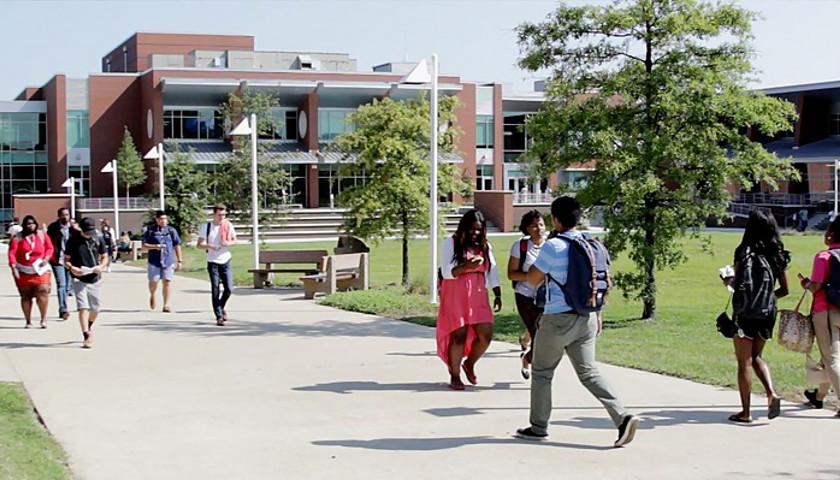by Dr. Kenneth E. Hartman
May is National College Decision Month, when 1.2 million Class of 2022 high school seniors must commit to the institution where they’ll spend the next four-to-six years.
Two of those high school seniors, Bill and Jane, will soon graduate and both will attend a very selective, but very different, institution in the fall. Let’s explore and project the net return on their decisions, six-years from now, based on facts and national averages.
Bill will attend a selective institution, where less than 30 percent of applicants are admitted, costing $54,278 per year (Ivy League average, tuition and fees only), and will graduate with a bachelor’s degree in six-years (national average) with $32,731 in student loan debt (national average) and little work experience, besides an internship or two. Bill’s parents also paid the bill (bad pun), in the form of a federal parent loan of $35,600 (national average) and a $30,000 second mortgage on their home. How Bill’s parents are going to pay the college “bills” for their two younger children has yet to be determined.
Jane will also attend a selective institution, where less than 30 percent of all applicants are admitted; it’s called the United States Military. Jane will enlist and serve her country for four-years (75% of all new enlistee will only serve one tour of duty; typically, 46-60 months), during which time she will receive an annual net income of $53,380, and will have earned and paid for her associate’s degree using military tuition assistance (her military training, alone, earned her 56 college credits). After her four-years of military service, Jane immediately completes her bachelor’s degree in two-years at a selective institution, with zero student or parental loan debt (GI Bill educational benefits covers all tuition, fees, books, and $1000-$1500 per month for living expenses, tax-free).
Now six-years after both graduated from high school, both have a newly minted bachelor’s degree, and both apply at the same time for the same job with a defense contractor. Bill’s resume highlights a few summer internships, and Jane’s resume shows four-years of meaningful full-time work experience, veteran employment status, and security clearance credentials.
Who would you hire? Moreover, who six years after high school graduation has the higher ROI on their post-secondary decision?
So this month (which also happens to be National Military Appreciation Month) when you meet a high school senior who plans to enlist into the military after graduation, or their parents, please say thank you for their decision to serve our nation. For without their willingness to attend their selective institution, other children wouldn’t have the freedom and privilege to attend their selective institution.
– – –
Dr. Kenneth E. Hartman, a former army officer and university president, is founder and president of Our Community Salutes (ocsusa.org).
Photo “Students on Campus” by Nashville Community College CC4.0




